Let’s keep it real—fabric names sound more like tech jargon than something wearable. But don’t worry. I’m breaking down “380T Pongee Fabric” for what it truly is—versatile, lightweight, and surprisingly tough. 380T Pongee fabric is a tightly woven, lightweight polyester material made with a thread density of 380 threads per square inch. That’s where the “380T” comes from—T stands for “Thread Count.” The higher the count, the finer and denser the weave.
|
Category |
Details |
|
Also Known As |
380T Polyester Pongee, Lightweight Pongee, Fine-Density Pongee |
|
Manufacturing Process |
Woven (Plain Weave) using high-density polyester filament yarn; followed by dyeing, coating, or calendaring |
|
Appearance |
Smooth, slightly glossy surface; fine and tightly woven |
|
GSM Range |
55–75 GSM |
|
Composition Range |
100% Polyester (Filament Yarn); Recycled Polyester (rPET) variants available |
|
Construction Range |
380 Threads per Square Inch (TPI); Commonly 75D x 75D or 50D x 50D yarns |
|
Functionality Options |
PU Coated, TPU Laminated, AC Coated, W/R (Water Repellent), PVC Coated, PV Coated |
|
Possible Yarn Count |
50D/72F, 68D/72F, 75D/72F |
|
Full Width Options |
57/58", 59/60", 71/73" |
|
Fabric Breathability |
Moderate to High (depends on coating type; PU = less breathable, W/R = more breathable) |
|
Stretchability |
None (Non-stretch unless bonded with spandex layers or mechanical finishing applied) |
|
Prone to Pilling/Bubbling |
Low (High filament quality reduces pilling; bubbling may occur with poor coating adhesion over time) |
|
Country of Origin (First Produced) |
Japan, Late 1960s (originally evolved from silk pongee weaving practices, transitioned into synthetic versions) |
|
Biggest Exporter Country |
China (Over 220,000+ tons/year, primarily from Zhejiang, Jiangsu regions) |
|
Recommended Washing Temp |
30–40°C (Use mild detergent, avoid high heat drying to protect coating) |
|
Finishing Uses to Increase Functionality |
Anti-static, UV-resistant, Mildew-proof, Fire-retardant (FR), Colorfast dyeing, Moisture-wicking treatment |
|
Common Applications |
Jacket linings, windbreakers, umbrellas, sleeping bags, bags/backpacks lining, advertising banners, tents, sportswear outer shells |
|
Dyeing Method |
Disperse dye for polyester base; High colorfastness achieved through pressure dyeing or HT dyeing |
|
Shrinkage Rate |
Less than 2% (polyester stability ensures minimal shrinkage) |
|
UV Resistance |
Moderate (Enhanced through UV-block coating) |
|
Tear Strength (Average) |
Warp: 12–20 N |
|
Abrasion Resistance |
High (Over 15,000 Martindale cycles) |
|
Environmental Certifications |
OEKO-TEX® Standard 100, GRS (for recycled variants), Bluesign® certified sources available |
Pongee itself is a type of plain weave fabric, originally made from silk, but nowadays it's commonly produced using 100% polyester filament yarn for better cost-efficiency and durability. Its surface looks smooth with a subtle sheen. It's neither too glossy nor too matte—just right.
Table Of Contents
Technical Specifications
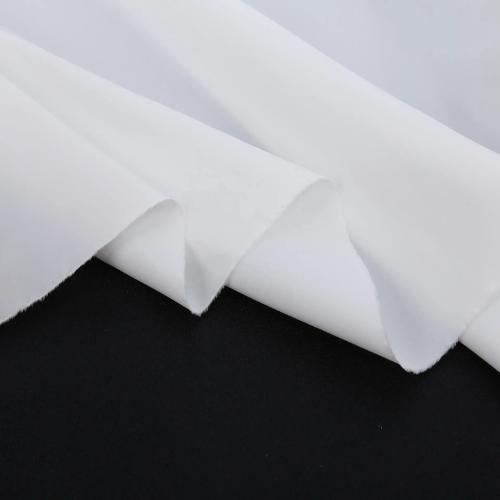
This fabric isn’t just another pretty weave. Let’s talk numbers:
- GSM (Grams per Square Meter): Typically ranges between 55 to 75 GSM, depending on the finishing and coating.
- Yarn Count: Commonly 75D or 50D filament yarns, tightly woven for that ultra-smooth look.
- Construction: Plain weave, giving it structural stability without bulk.
- Coating Options:
- PU (Polyurethane) – for waterproofing
- AC (Acrylic) – for better feel and stiffness
- W/R (Water Repellent) – to resist light rain
Some versions are also TPU-laminated or bonded for outdoor gear.
Key Characteristics
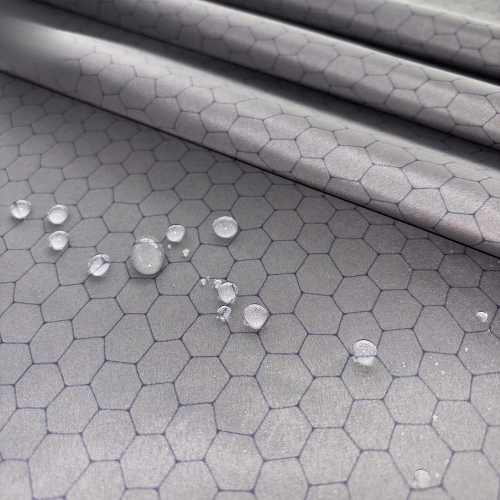
What makes 380T Pongee special? Here’s the scoop:
- Soft Yet Strong: It feels silky but is tougher than it looks.
- Water Resistance: With PU or W/R coating, it shrugs off light rain like a champ.
- Breathable: Doesn’t trap heat or moisture—ideal for jacket linings and sportswear.
- Wrinkle-Resistant: You could stuff it in a bag and it’ll still look good when you pull it out.
- Colorfast: Thanks to polyester’s dye-holding strength, it resists fading after washes.
Think of it as the calm, dependable friend who’s always up for an adventure—but doesn’t mind staying indoors either.
Applications
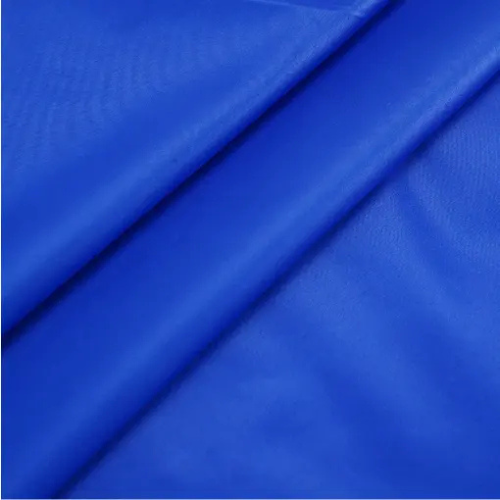
Here’s where this fabric shines:
- Outerwear Linings: Jackets, coats, and even ski suits often use 380T as an inner lining.
- Umbrellas & Tents: Its lightweight and water-resistant nature make it a no-brainer.
- Bags & Backpacks: As internal layers or linings, it adds structure and smoothness.
- Flags & Banners: The fabric holds color well, perfect for promotional prints.
- Fashion: Windbreakers and sporty garments often incorporate it due to its balance of softness and strength.
Manufacturers love it because it hits that sweet spot between performance and price.
Advantages and Limitations
Advantages
- Affordable: Costs less than natural fabrics but still feels premium.
- Customizable: Can be printed, dyed, coated—you name it.
- Packable: Great for travel gear and lightweight applications.
- Eco-friendly Versions Available: Some mills now offer recycled polyester options.
Limitations
- Not Fully Waterproof: Without coating, it resists drizzle but not a downpour.
- No Stretch: It doesn’t stretch, which limits its use in tight-fit garments.
- Can Melt at High Heat: It's polyester, after all. Don’t go near campfires!
Final Thoughts
So, should you consider 380T Pongee Fabric for your next project?
Absolutely—if you want something durable, light, and sleek without breaking the bank. It’s the behind-the-scenes hero of many everyday products, especially in the textile and outdoor industries.
From linings to umbrellas to promotional flags—this fabric proves that you don’t need to be flashy to be functional.
FAQs
1. Is 380T Pongee waterproof?
Not on its own. But with PU or W/R coating, it becomes water-resistant or even waterproof to a degree.
2. How does it compare to 300T Pongee?
380T has a higher thread count, meaning a denser weave, smoother finish, and slightly better durability.
3. Can I use it for making clothes?
Yes, especially for lining jackets, windbreakers, and raincoats. It’s soft and breathable but not ideal for fitted styles.
4. Does it wrinkle easily?
Not really. It’s polyester, so it resists wrinkles better than cotton or silk.
5. Is 380T Pongee fabric eco-friendly?
Standard versions aren’t, but recycled polyester versions are available now—look for “rPET Pongee.”


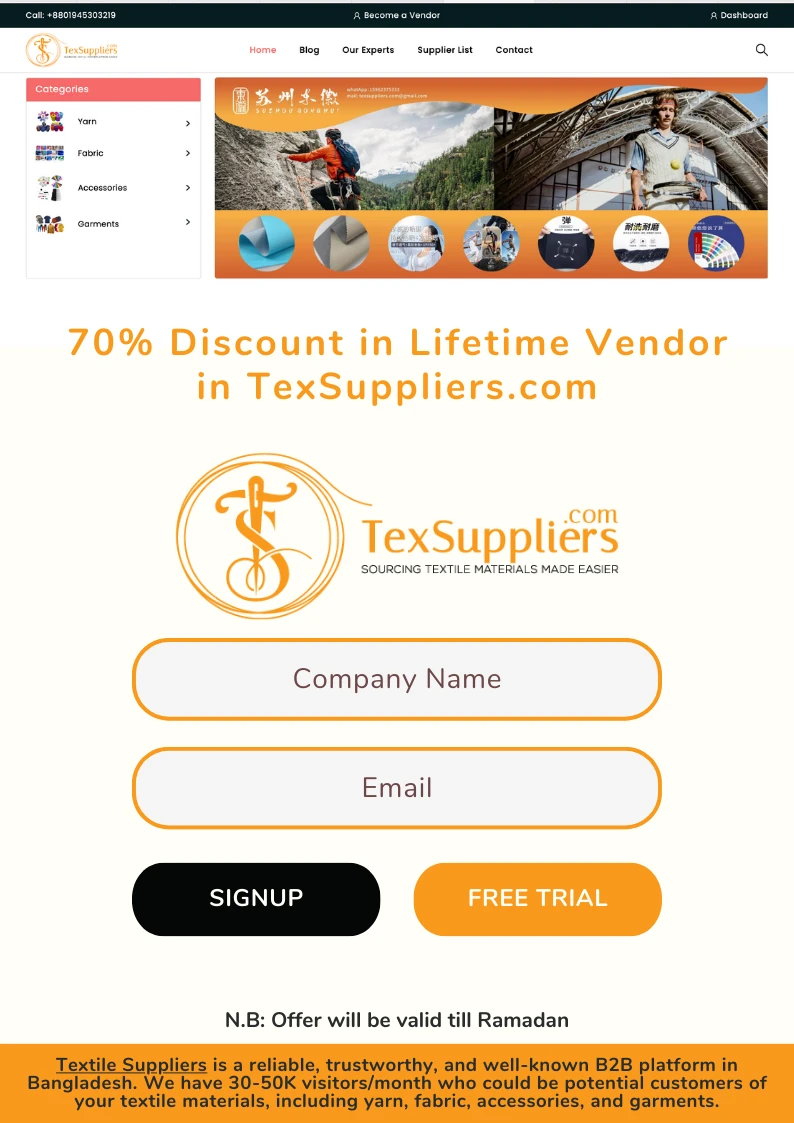
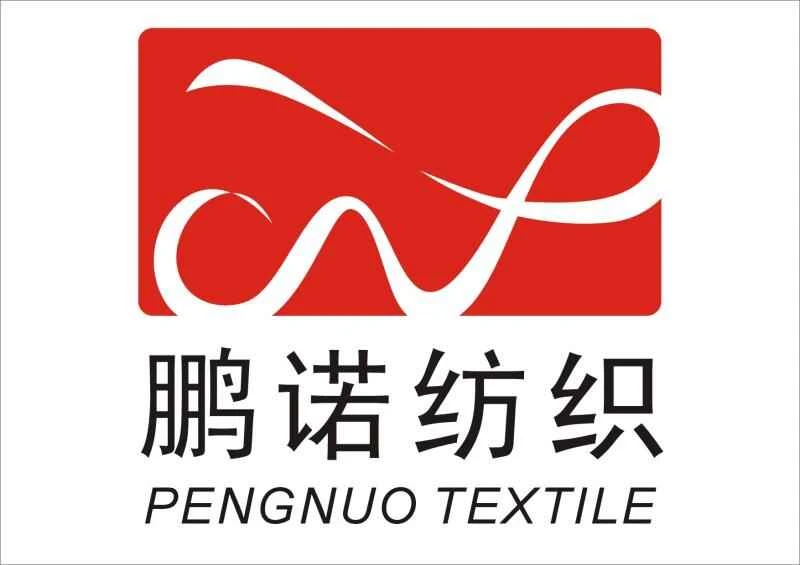

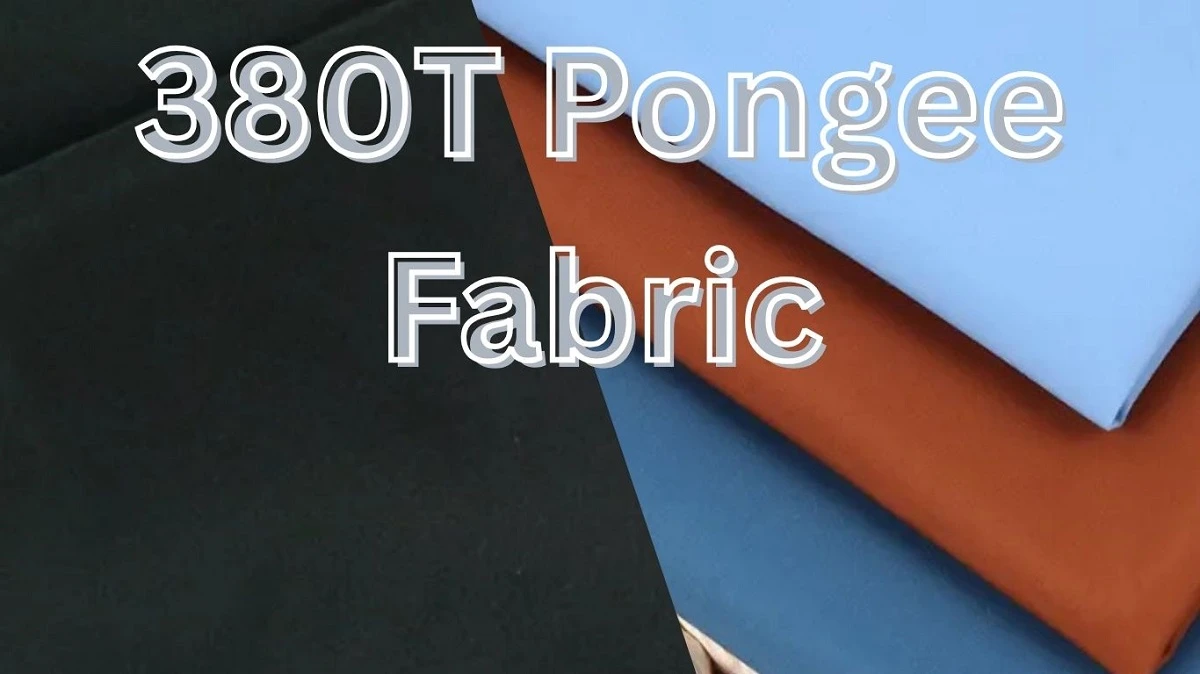
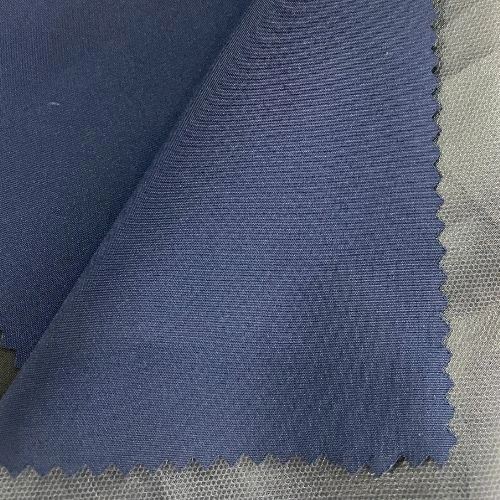
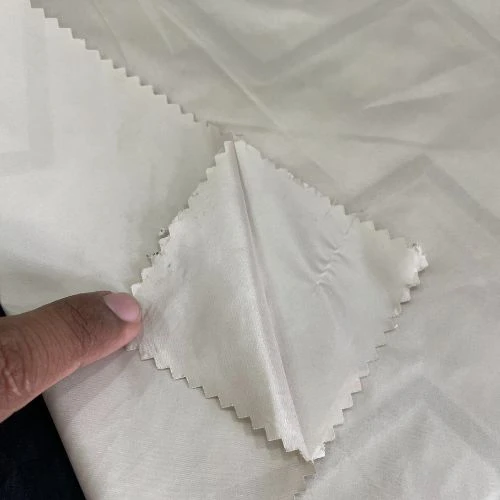
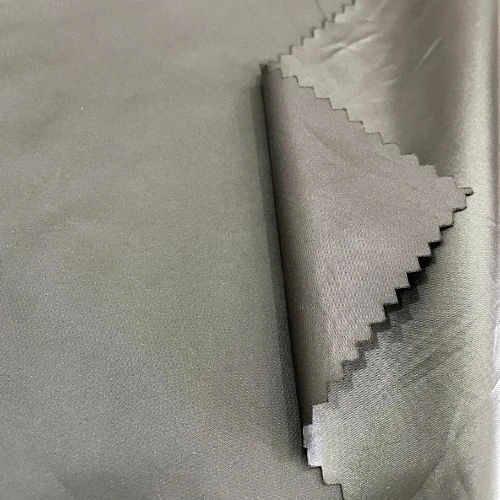

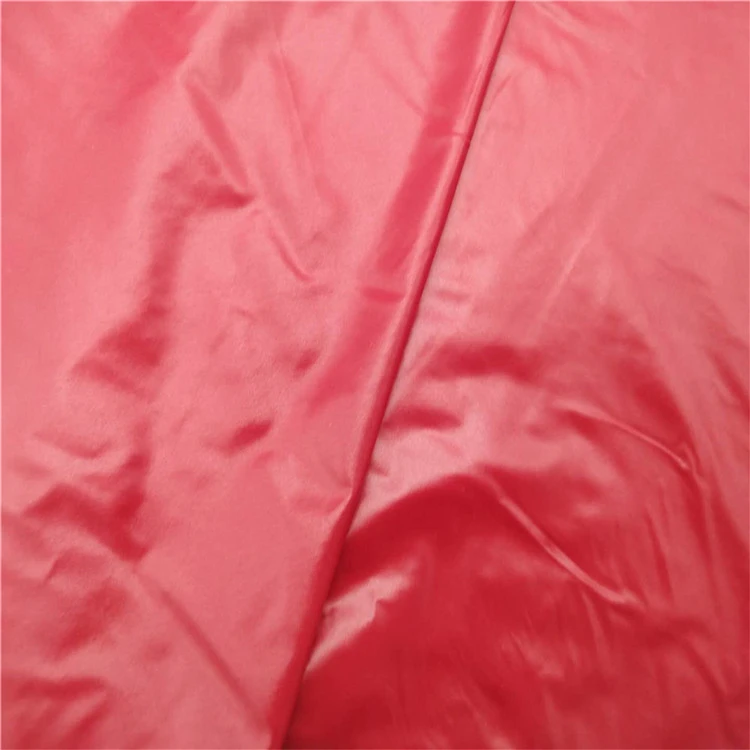
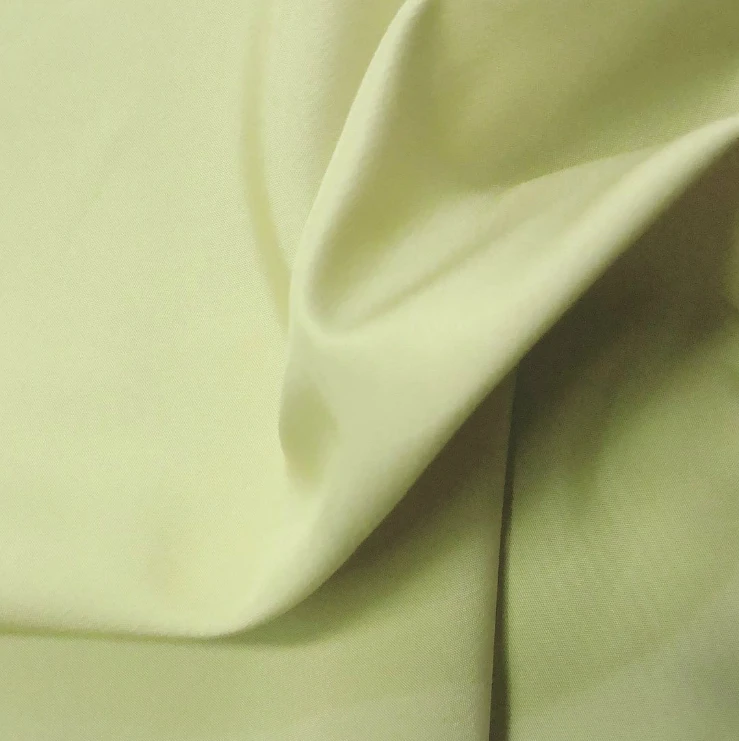
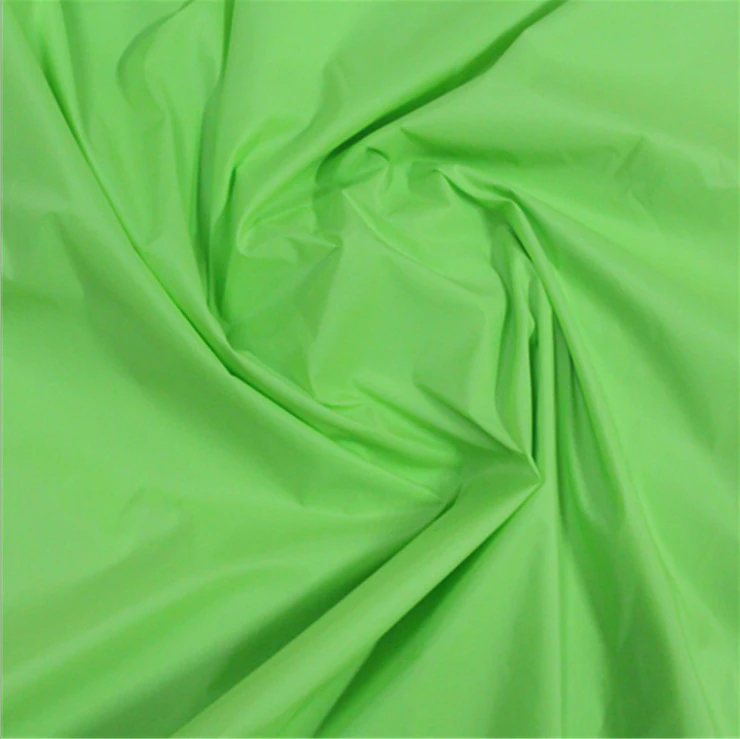
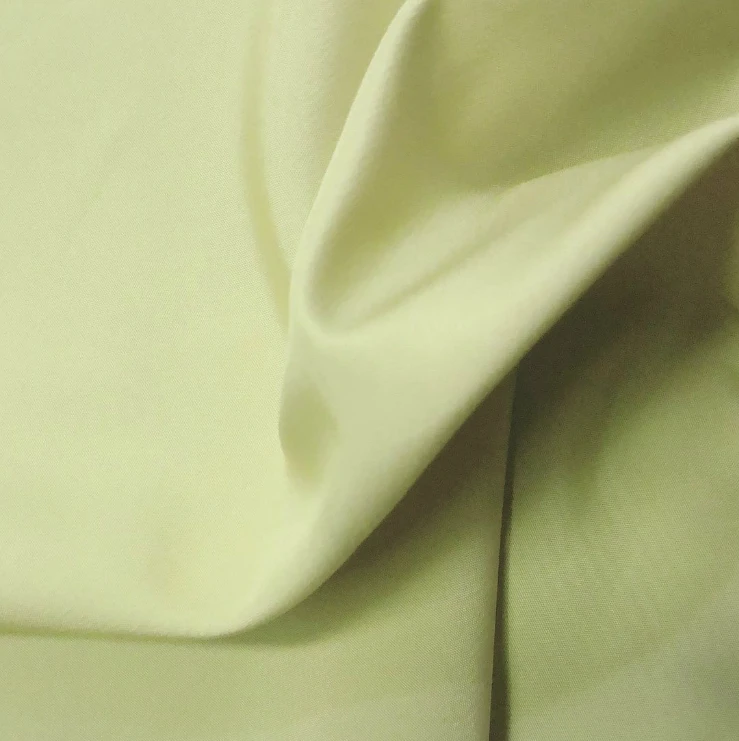
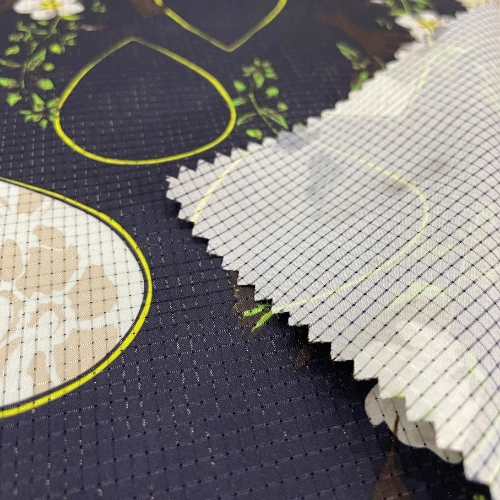

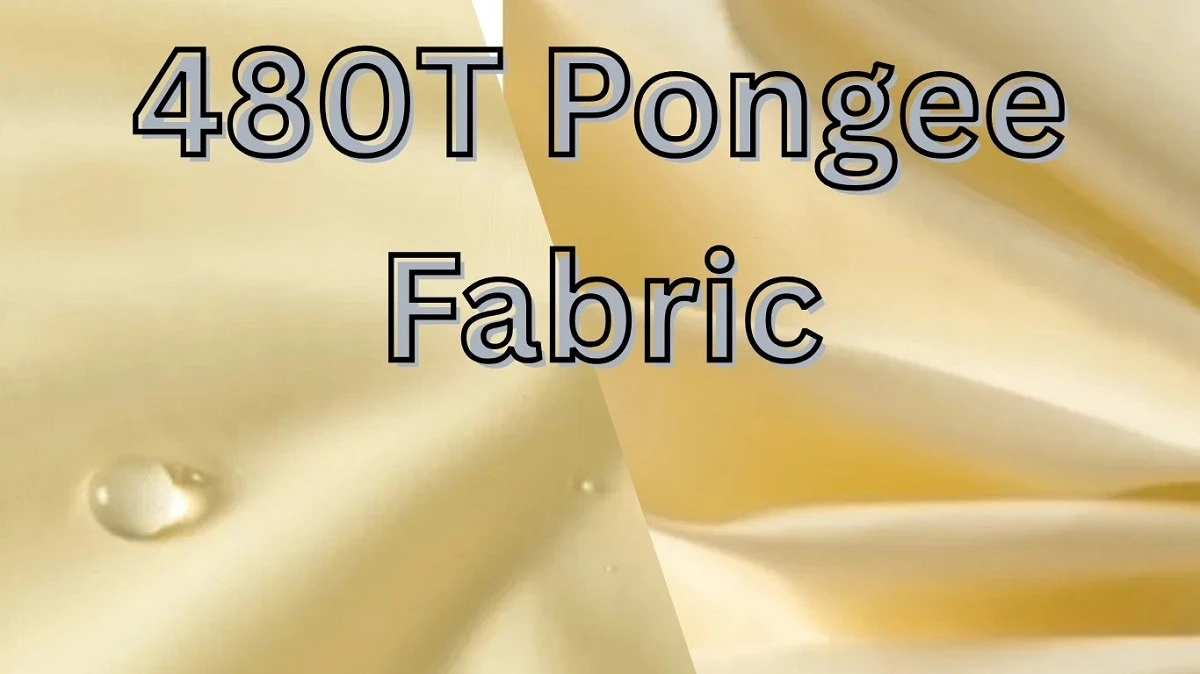

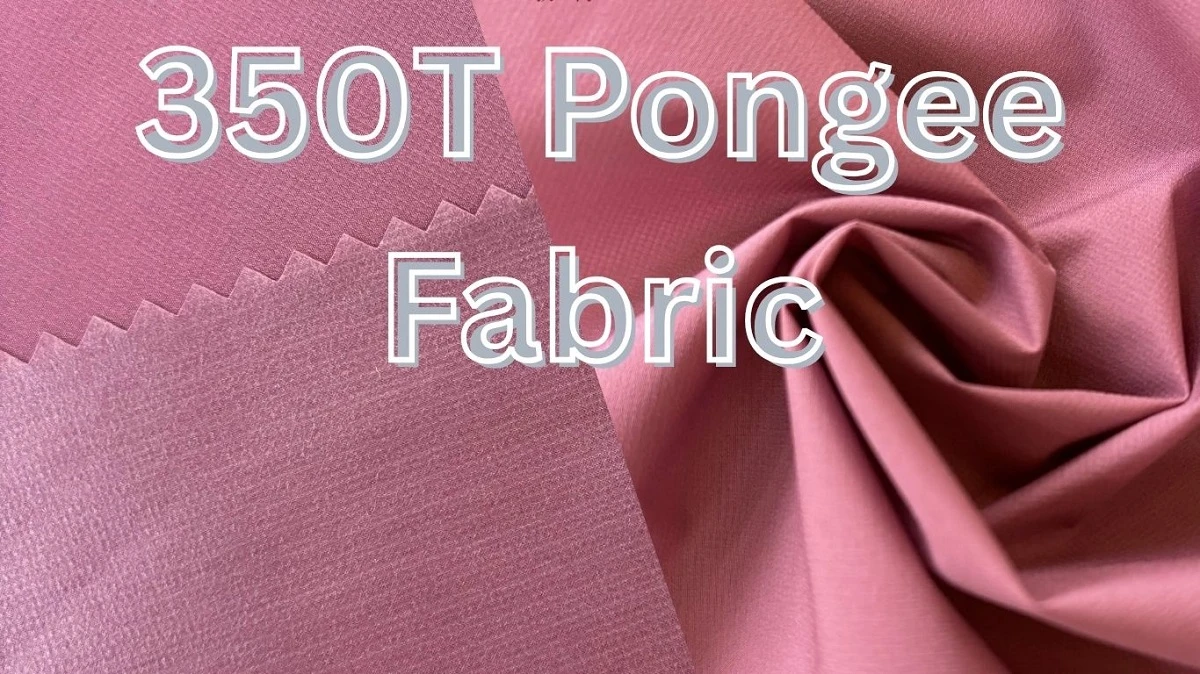
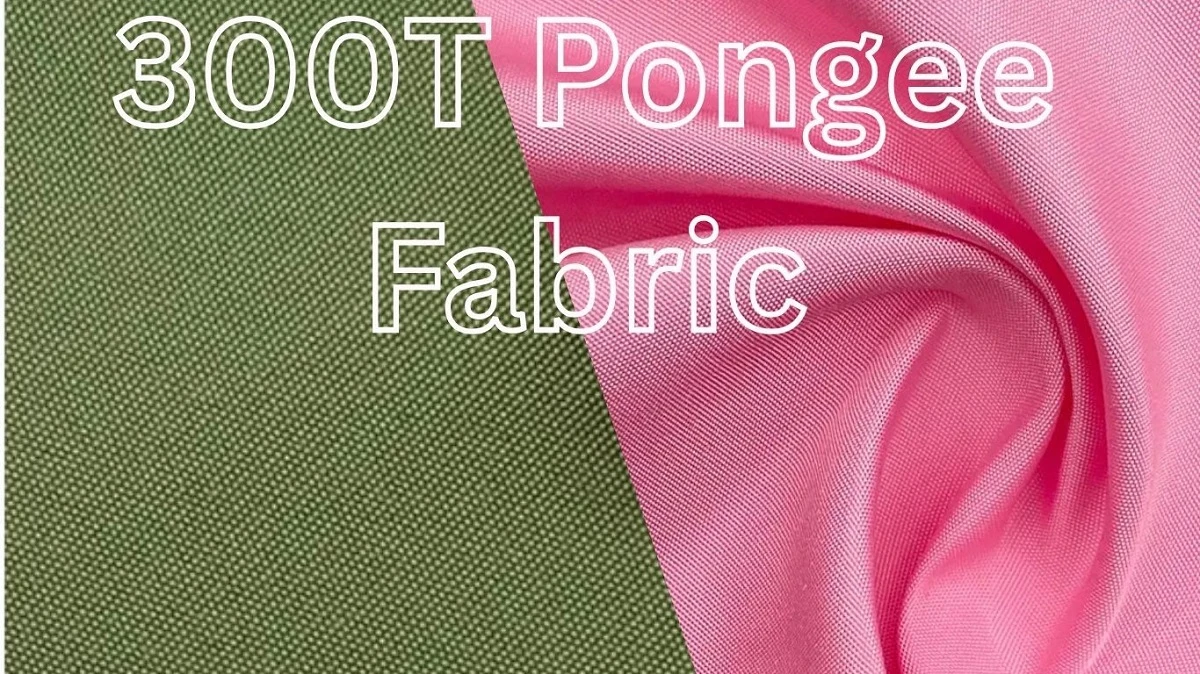
Comments - 00
Leave A Reply
Thanks for choosing to leave a comment.